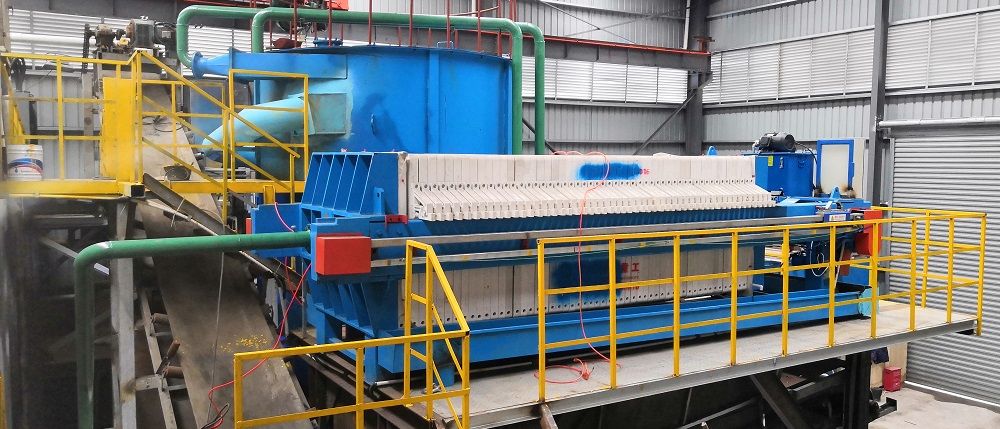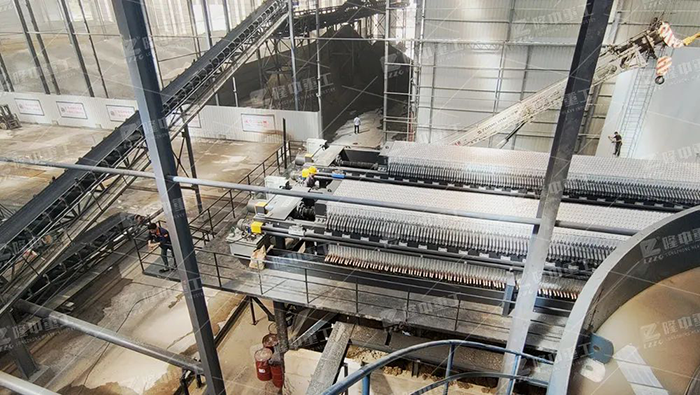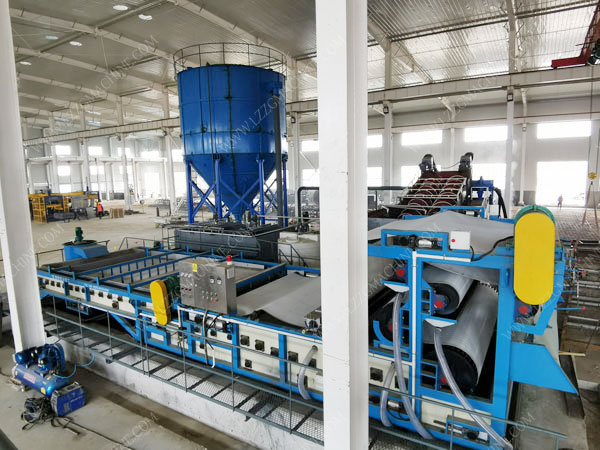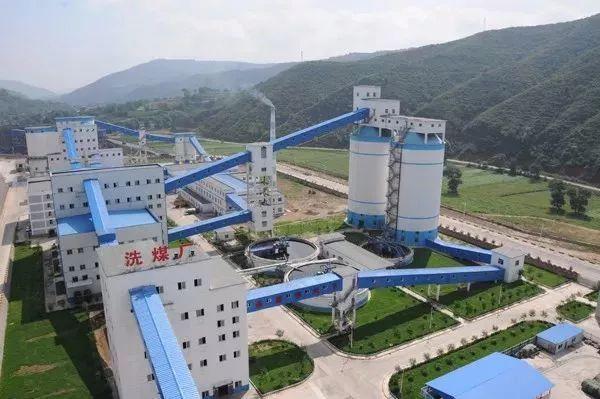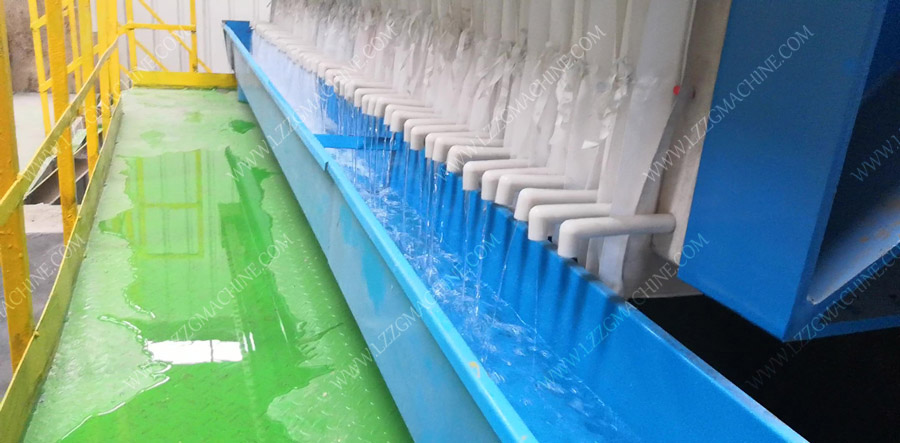Buy a filter press, how to choose
 April.01,2019
April.01,2019
The filter press consists of three parts: the frame, the pressing mechanism, and the filtering mechanism. It is an intermittent operation, and the pressure filtration function is to extract solids in the filtrate to achieve solid and liquid separation. At the beginning of the 18th century, filter presses were widely used in the chemical, pharmaceutical, metallurgical, dye, food, brewing, ceramics and environmental protection industries. Nowadays, it is also involved in the medical, oil refining, sewage treatment, and other industries.
There are many types of filter presses, such as plate and frame filter press, chamber filter press, vertical filter press, automatic filter press, diaphragm filter press, belt filter press, circular filter press, etc. . There are different classifications depending on different needs. According to the classification of filtration, it can be divided into box filter press and belt filter press, diaphragm filter press, plate and frame filter press. According to the structure classification, it can be divided into the bridge filter press and belt filter press.
The following highlights two types of filter presses that are more common on the market and have better sales: box type and belt type.
The working principle of the box filter press:
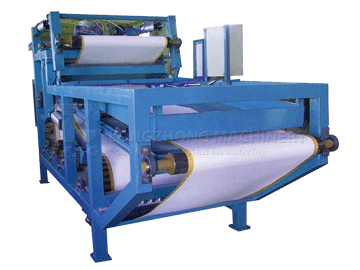
The working principle of the belt filter press:
the sludge is evenly fed into the mesh belt through the cloth bucket, and runs forward with the filter belt. The free water flows into the water tank through the filter belt under the action of self-weight and removes the free water in the sludge to make the sewage The fluidity of the mud is reduced to prepare for further extrusion. Gravity dewatering is followed by a wedge-shaped pre-pressure dewatering stage, and slight extrusion dewatering ensures that the sludge is smoothly pressed and dewatered. The upper and lower filter belts sandwich the filter cake and repeatedly press and shear around the press roll to remove a large amount of capillary action water so that the filter cake moisture is gradually reduced, thereby achieving dehydration.
Because of the variety of species, when choosing the corresponding filter press, not only the practical type of the filter press itself, but also the cost of using it, and a high-end and suitable filter press will be You save a lot of money. There are many enterprises that purchase filter presses are used in sewage treatment. The capacity of equipment cannot be loaded with sludge, which often causes sludge accumulation. According to environmental protection regulations: sludge with a water content of less than 60% can be used for resource utilization. Therefore, when purchasing a filter press, the primary factor is the moisture content of the sludge treated by the equipment.
What type of filter press should we choose to be suitable for the amount of wastewater we need to process every day. Below we need to choose the filter press according to the calculation of sewage treatment. Commonly used calculation methods include wet sludge volume method, dry sludge volume method and suspended solids method. The wet sludge volume method is relatively accurate, and the data required for calculation is also easy to measure, so it is recommended to use it preferentially.
Wet sludge volume method:
Filter area standard: The filter area of a filter press manufactured according to the national standard is equivalent to a solid volume of 15 L per square.
Before filter press: volume V1 (m3), moisture content of sewage before filter press a (underflow) = 97.5%~99.2% (general experience value). After pressure filtration: volume V2 (m3), sludge moisture content after pressure filtration b (non-washable) = 75%.
Pressure filtration cycle: the number of pressure filtration per day t. Solid content balance method: V1 × (1-a) = V2 × (1-b), and it is found that V2 = V1 × (1-a) / (1-b). Filtration area: S = 1000 × V2 / 15t = 1000 × V1 × (1-a) / 15t (1-b).
For example: a sewage treatment plant in Luoyang, Henan, the number of pressure filtration times per day t = 1, after treatment (to the sludge concentration tank) to produce a wet sludge volume V1 = 8m3, water content a = 98.0%, assuming daily sludge treatment 1 Second, the filter area of the required filter press = 1000 × 8 × (1 – 98%) / 1 × 15 × (1-75%) = 42.6, according to the calculation, it is recommended to use a filter area of 42.6m2 filter press.
According to the above example, it is necessary to select a filter press with a filter area of 42.6 m2, and an optional G50-80 chamber filter press or an lZZG model DY3000 belt filter press.
We will have professional technicians to calculate and choose the model that suits you. If you purchase the machine successfully, you can also enjoy one-on-one quality after-sales service. Interested buyers are welcome to inquire or visit the factory.


